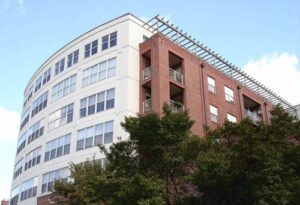EIFS vs. Traditional Stucco: What’s Best for Your Commercial Property?

Stucco has been a staple of construction for ages now, offering durability, weather resistance, and a clean, polished look. It will have its place for years to come, if not forever. But variety, as they say, is the spice of life. People like to have options that suit their preferences. Just as luxury vinyl is becoming a popular alternative to natural wood, EIFS installation has gained recent popularity as an alternative to traditional stucco.
That’s not to say the “OG” stucco is a thing of the past. It still offers plenty of benefits. This is down to preference, cost, and what’s best for the construction project at hand. In this blog, we’ll discuss the differences between traditional stucco and EIFS installation, and what you should consider when choosing between the two.
What is EIFS?
So exactly what is EIFS? We’ve covered this in previous blogs, but we don’t expect you to go searching our backlog when we could just give you a refresher.
First off, EIFS stands for Exterior Insulation and Finish System. It’s a multi-layered cladding system designed with superior installation and a seamless finish in mind. It generally includes a foam installation board, a fiberglass-reinforced base coat, and a decorative finish coat that doubles as a protective layer.
Energy Efficiency
Insulation performance is a major highlight of EIFS. It incorporates a thermal barrier that surrounds the building envelope, leading to reduced energy costs and improved comfort within the structure. These qualities make it an attractive choice for businesses and homeowners alike.
Common Applications
In terms of public establishments, EIFS offers plenty of versatility, evident in the array of industries it serves. Hotels, retail centers, mixed-use developments, office buildings, and many more incorporate EIFS installation.
What is Traditional Stucco?
The original stucco still has a firm grasp on its hard-won popularity. This time-tested material is made of sand, lime, cement, and water, and is applied in many coats over a lath system. It’s been used for hundreds of years, enduring thanks to the durability and natural aesthetic it offers. It forms a dense, hard shell that bonds perfectly with surfaces like masonry.
Durability and Appearance
Fire resistance: check. Weather resistance: check. Timeless appearance: check. These qualities make original stucco a top contender for architects and developers who are looking for that classic curb appeal.
Key Differences
There’s no denying that both finishes offer great value. That said, there are important differences between the two:
Insulation Capabilities
EIFS: Built-in insulation that works to improve energy efficiency and comfort
Stucco: Minimal insulation without applying an additional barrier
Moisture Management
EIFS: Requires intricate, expertly installed moisture management systems to prevent water damage
Stucco: Breathes easily, but is more prone to cracking, which could lead to water intrusion without attention
Installation Process
EIFS: Faster installation process and lighter in weight
Stucco: Installation is labor-intensive and requires a prolonged curing time between each coat
Weight and Structural Considerations
EIFS: Flexible and lightweight, meaning a smaller structural load
Stucco: Heavier material that may need additional support depending on the structure it’s being attached to
Repair and Maintenance Needs
EIFS: Repairs are more difficult due to the layered system
Stucco: Though repairs are generally needed more frequently, they are easier to perform
Making the Right Choice for Your Commercial Property
Now that we’ve gone over the differences between EIFS installation and traditional stucco, it’s time to consider the needs of your future projects to determine which choice will work for you. Here’s what you should think about:
- Climate: If your project is in climates with extreme cold or heat, EIFS provides energy performance to counter the conditions. On the other hand, genuine stucco is great for wet climates thanks to its drainage properties. If your project is local to Maryland, both choices are sound due to the moderate climate.
- Energy Efficiency Goals: If reducing utility costs is a high priority for you, EIFS is the way to go.
- Aesthetic Preference: They both look good, but if you want a textured, timeless look, the traditional option may be the one for you.
- Budget: An EIFS installation is likely more cost effective thanks to fast installation and lower long-term energy costs. The traditional alternative requires a higher initial investment.
- Building Codes and Regulations: Be sure to check within your municipality for any building regulations and codes that may affect your decision.
Your Expert Partners in Stucco
Whether you decide on EIFS installation or traditional stucco, it comes down to your preferences and project requirements. Both systems have their own merit, with pros and cons that you’ll need to consider.
For support in making a decision—or for a partner who can handle the installation when the time comes—get in touch with us at Robey. We’ll help you build something great!
